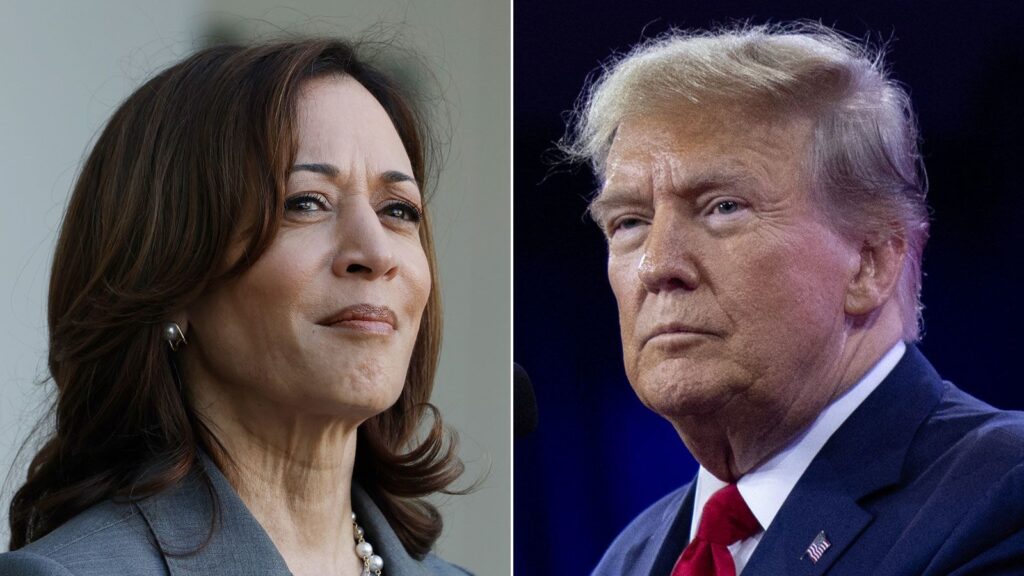Pollster Nate Silver has revived his election forecast model, and the latest update includes both promising and concerning news for Democrats. While there are factors that could delight Democrats, there are also elements that raise doubts about Kamala Harris’s campaign.
It appears that Vice President Kamala Harris holds a marginally better position as the Democratic nominee against former President Donald Trump compared to Joe Biden. When Biden exited the race, Silver projected him with only a 27 percent chance of winning, a figure he considered generous given Biden’s struggles with running a typical presidential campaign. However, Silver also highlighted a significant issue for Democrats with less than 100 days remaining until the election.
In his Silver Bulletin newsletter, the pollster noted that having Harris as the Democratic nominee gives the party a fighting chance against Trump. Harris is currently a slight favorite in the popular vote, a trend Democrats have generally enjoyed in elections since 2000. However, Silver also pointed out that if the election were held today, the outcome would be highly uncertain, which stems from polling in key Blue Wall states like Pennsylvania, Michigan, and Wisconsin, where the race has remained tight since Biden withdrew from the race.
“However, she’s a modest underdog to Trump in the Electoral College, risking a repeat of the popular vote-Electoral College split that cost Democrats the 2000 and 2016 elections. Harris isn’t unique in this regard: Biden also had a large Electoral College-popular vote gap in 2020, barely winning several tipping-point states despite winning the popular vote by 4.5 percentage points. But this is still a problem for Democrats, and we show Harris as having a slightly wider popular vote-Electoral College gap than Biden had in his version of the forecast,” Silver wrote.
Silver explains his election prediction model by first taking a “snapshot” of the current presidential race, which relies on both state and national polls. He emphasizes that state polls are crucial for the model’s logic, but since there are fewer state polls available since Biden’s exit, national polls serve as a more practical starting point. Currently, Harris trails Trump by a narrow 0.4 percent in the national average, a significantly tighter margin than Biden’s standing since Silver began the model in June. Harris is garnering about 44.1 percent of the vote, which is notably higher than Biden’s 40 to 41 percent range. Additionally, with a matchup between Trump and Harris, there are fewer voters rejecting both major parties, as evidenced by the decreasing number of third-party and undecided voters.
“As you can see, the polling average — which we’ve retroactively calculated back to July 1 — has been bouncing around a lot. That’s partly because of all of the crazy political news, and partly because we decided only to use polls conducted fully since the Biden-Trump debate on June 27, the moment at which Biden’s campaign entered a downward spiral and Harris’s candidacy went from a weird hypothetical to highly plausible.
“It’s also because of sample size: there wasn’t a lot of high-quality polling testing the Harris-Trump matchup until recently. However, we can pretty clearly see that Harris’s numbers have improved since Biden exited the race and she became the presumptive Democratic nominee,” Silver concluded.



